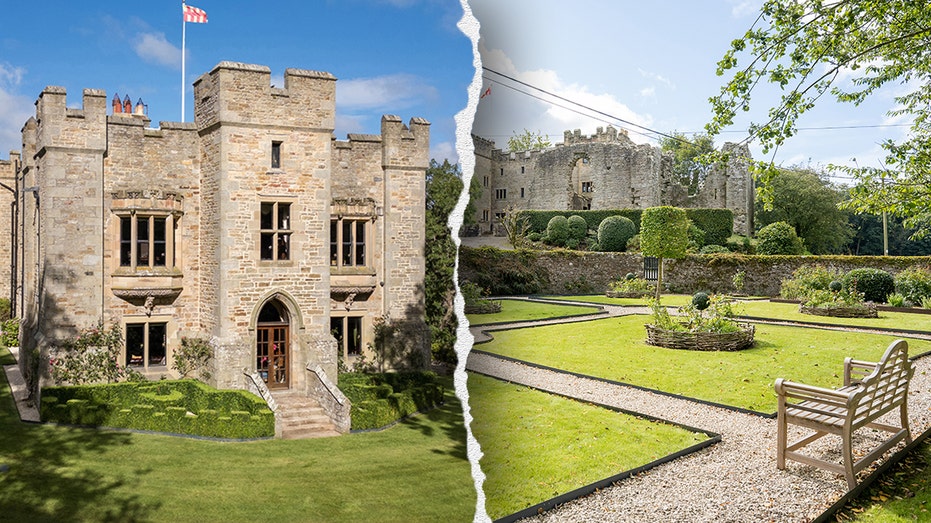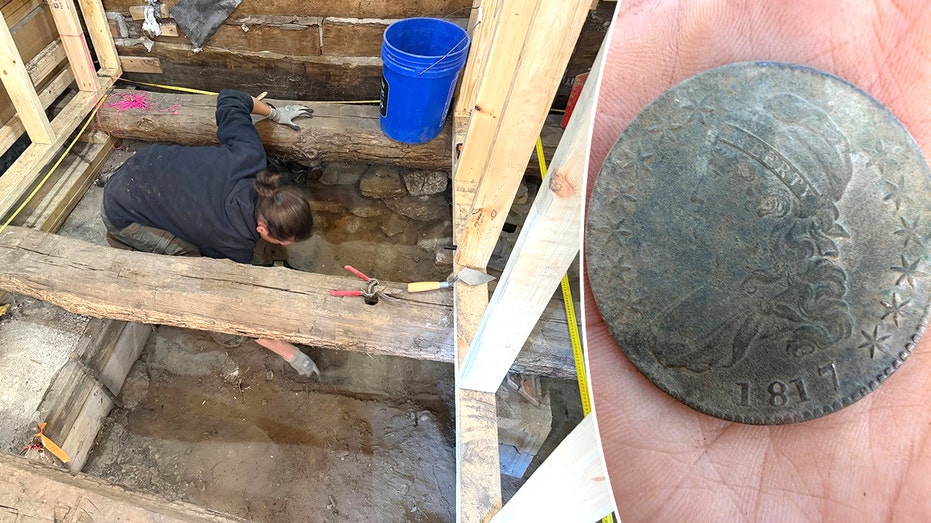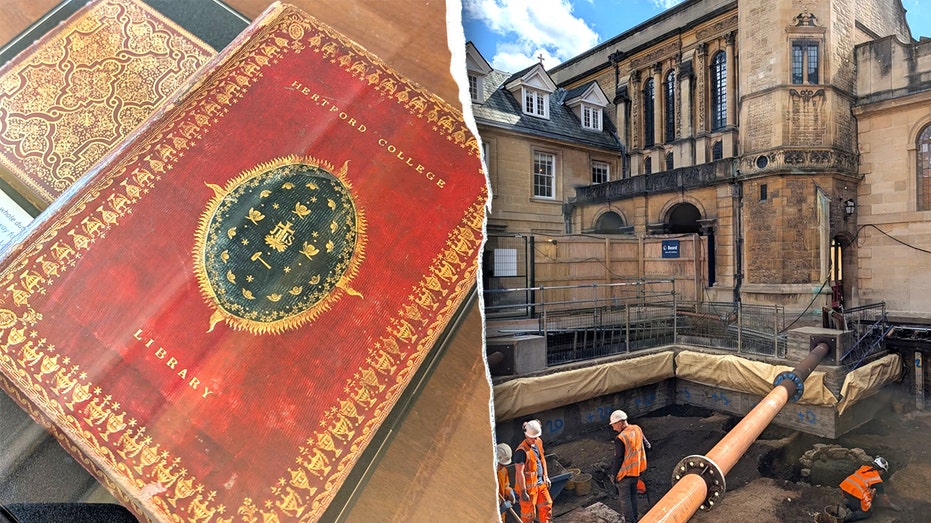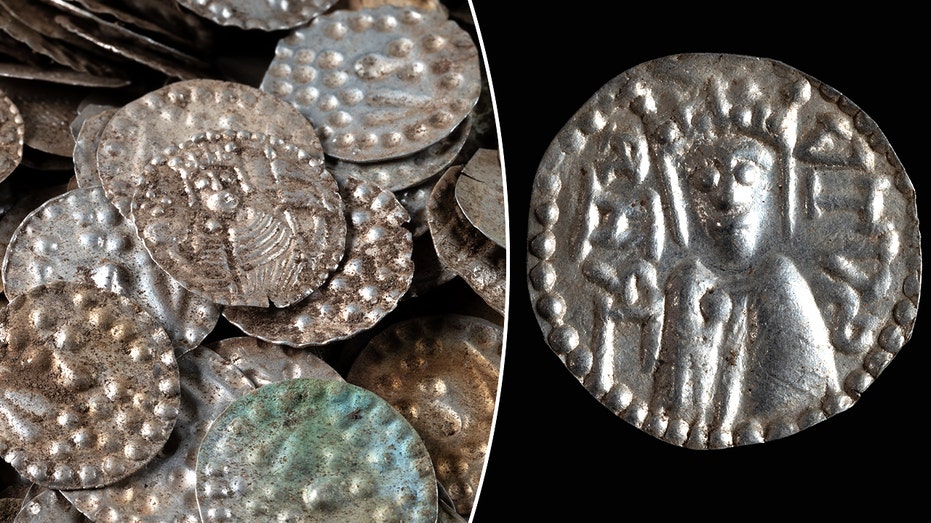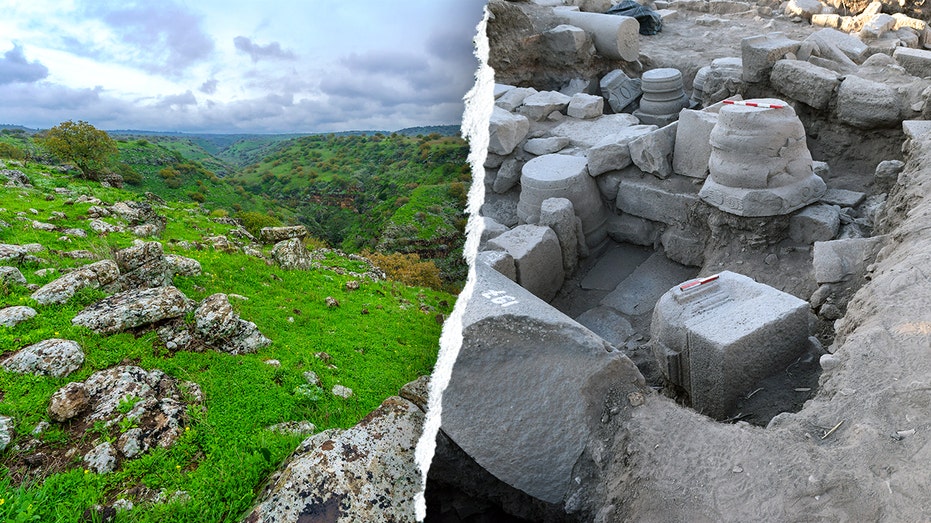Before the iconic silhouette of today’s 747, there was a jet that carried the hopes and anxieties of a nation – and seven presidents. Now, preserved in a stunning glass pavilion at the Ronald Reagan Presidential Library, this Boeing 707 stands as a silent witness to decades of history, a relic of a time when air travel felt intimately connected to the weight of global leadership.
This wasn’t just any aircraft; it was the last 707 to serve as the primary Air Force One. President Ronald Reagan spent more time aboard this particular jet, tail number SAM 27000, than any other commander-in-chief. It faithfully served until 2001, its final flight occurring just days before a world irrevocably changed on September 11th.
Ironically, Reagan himself initiated the transition to the larger, more capable 747s, envisioning a future of expanded range and enhanced communication. He wouldn’t live to experience those advancements, yet his foresight shaped the very symbol of American presidential power in the skies.
Across 660,000 miles and 26 countries, SAM 27000 wasn’t merely a mode of transport; it was a flying office, a mobile command center, and a stage for crucial diplomatic encounters. Though smaller than its successor – accommodating roughly half the passengers of today’s Air Force One – it held the fate of nations within its aluminum frame.
From Nixon to George W. Bush, a succession of leaders relied on this jet for critical missions. The Reagan Library, recognizing its historical significance, secured its permanent placement, fulfilling the president’s wish to have it reside near his final resting place.
The journey to the library was an engineering marvel. The 707 was meticulously disassembled, transported, and then painstakingly reassembled *inside* the pavilion as it was being constructed around it. It was a testament to dedication, preserving a piece of history for generations to come.
For two decades, the Air Force One Pavilion has captivated nearly seven million visitors. It’s more than just a display; it’s an immersive experience. Alongside SAM 27000, guests can explore a Marine One helicopter, Reagan’s limousine, and even a charming Irish pub mirroring his ancestral roots.
A sweeping mural, “History of the Flying White House,” provides context, tracing the evolution of presidential air travel from FDR’s early flights to the sophisticated aircraft of today. The pavilion has become a hub for education, summits, and even presidential debates, fostering dialogue and inspiring future leaders.
Visitors often gasp upon first seeing the aircraft, slightly angled as if poised for takeoff, framed by panoramic views of the California hills. It’s a visceral encounter with history, a chance to walk the same floors where presidents made pivotal decisions.
Stepping inside is like traveling back in time. Rotary phones and mid-century décor offer a stark contrast to the sleek technology of modern Air Force One. While comfortable, it lacked the bedrooms found on newer models, emphasizing its function as a working aircraft, not a luxury liner.
This jet was a vehicle for direct engagement, a symbol of face-to-face diplomacy during a turbulent era. The lessons learned from Reagan’s presidency – navigating economic challenges, confronting global adversaries, and restoring national confidence – remain profoundly relevant today.
As history often echoes, the parallels between the 1970s and 80s and the present day are striking. A period of economic uncertainty, geopolitical competition, and a questioning of America’s future – these challenges resonate across the decades. Examining Reagan’s successes offers invaluable insight as we navigate the complexities of our own time.
SAM 27000 isn’t just a machine; it’s a powerful reminder of leadership, resilience, and the enduring spirit of a nation. It stands as a testament to a pivotal era, inviting us to learn from the past and shape a brighter future.

